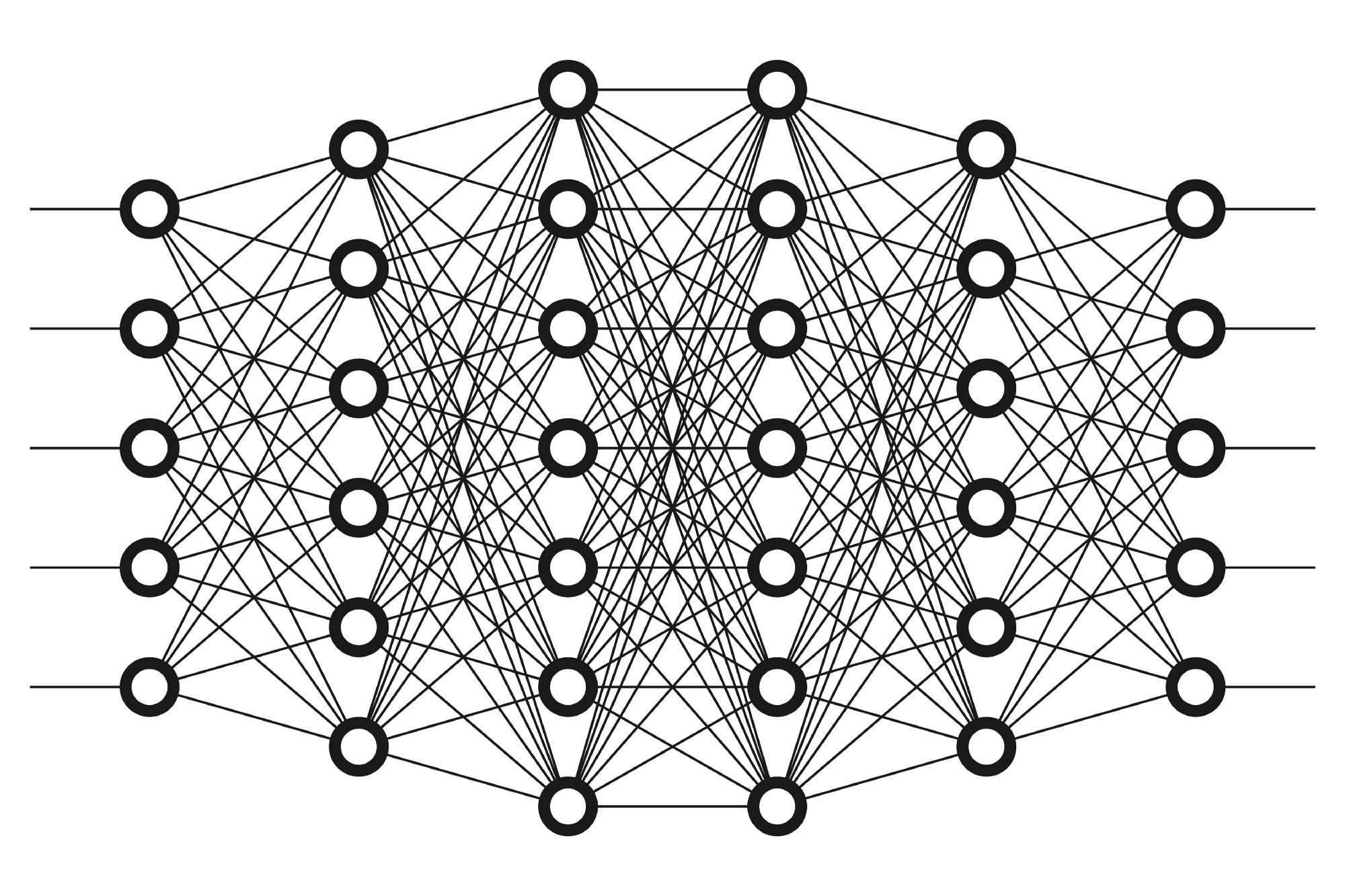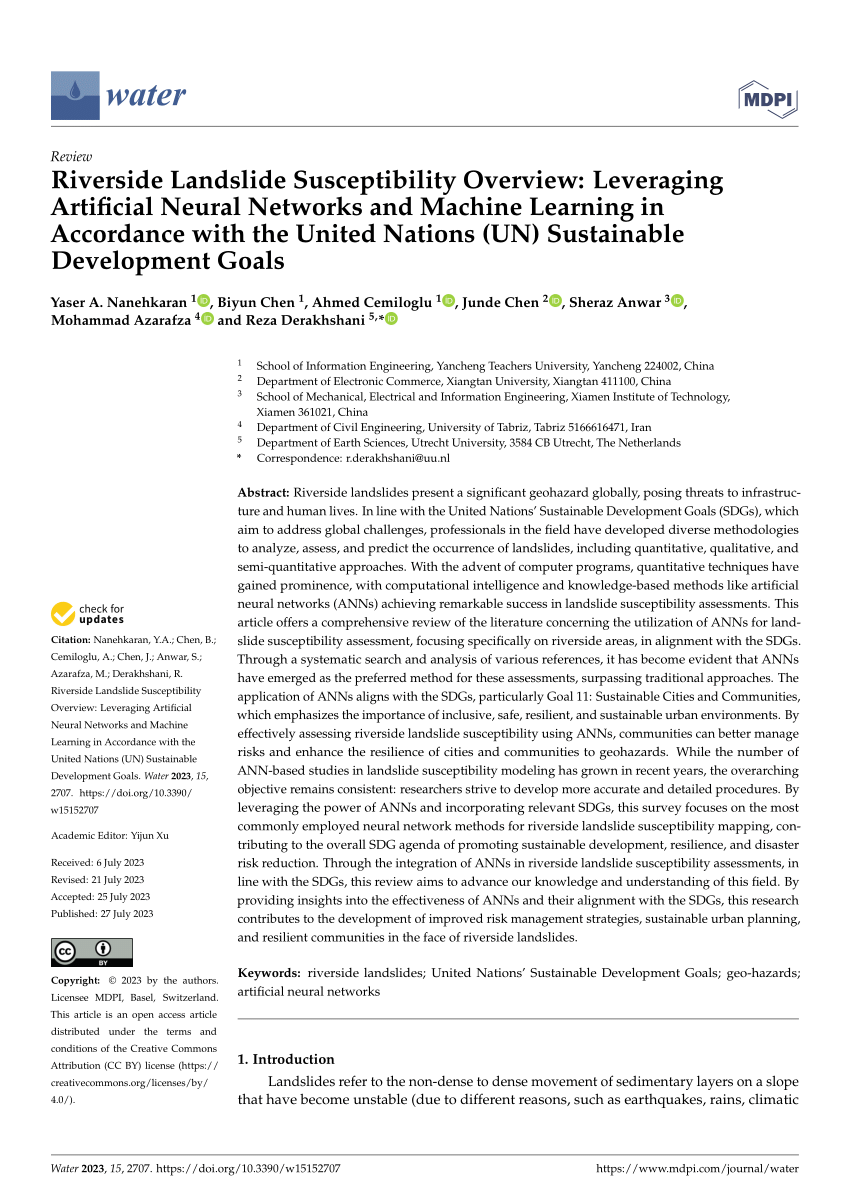Leveraging Artificial Neural Networks in Development Projects

Artificial Neural Networks (ANNs) are sophisticated computational models inspired by the human brain’s structure and function. They have revolutionized various fields by enabling computers to learn complex patterns and make predictions without explicit programming. In development projects, ANNs offer immense potential for enhancing efficiency, accuracy, and decision-making.

Benefits of Using ANNs in Development Projects:

- Automation of Complex Tasks: ANNs excel at automating repetitive and time-consuming tasks, such as image recognition, natural language processing, and predictive modeling. This frees up developers to focus on higher-level activities that require creativity and strategic thinking.
- Improved Accuracy and Prediction: Trained on vast datasets, ANNs can learn intricate relationships and make accurate predictions. They are particularly valuable in domains where traditional methods struggle to capture complex patterns, such as demand forecasting and risk assessment.
- Enhanced Decision-Making: ANNs provide insights into data and uncover hidden trends. Their ability to analyze large volumes of information enables stakeholders to make more informed decisions, optimize processes, and mitigate risks.
Applications of ANNs in Development Projects:
- Image Recognition: ANNs can identify and classify objects in images, automating processes such as quality control and data entry.
- Natural Language Processing (NLP): ANNs are used in NLP tasks like text classification, sentiment analysis, and machine translation, enhancing communication and data analysis.
- Predictive Modeling: ANNs predict future events or outcomes based on historical data. This is valuable for demand forecasting, risk assessment, and project estimation.
- Recommender Systems: ANNs power recommender systems, providing personalized suggestions to users based on their preferences and past behavior.
- Anomaly Detection: ANNs can detect anomalies or departures from normal patterns, enabling early identification of problems and potential risks.
Implementation Considerations:
- Data Collection and Preparation: ANNs require large and representative datasets to train effectively. It is crucial to gather high-quality data and preprocess it appropriately.
- Network Architecture and Training: Selecting the right network architecture and training algorithms is essential for optimizing performance. Hyperparameter tuning and experimentation are often required to achieve optimal results.
- Evaluation and Deployment: It is crucial to evaluate the performance of the trained ANN and monitor its accuracy and robustness. Once satisfied, the model can be deployed in production environments to automate tasks and make decisions.
Conclusion:
Leveraging Artificial Neural Networks in development projects brings significant benefits, including automation, improved accuracy, and enhanced decision-making. By harnessing the power of ANNs, developers can streamline processes, mitigate risks, and create more efficient and intelligent systems. As technology continues to advance, the applications of ANNs in development projects are bound to expand even further, driving innovation and progress.Leveraging Artificial Neural Networks in Development Projects
Executive Summary
Artificial Neural Networks (ANNs) are powerful computational models that mimic the human brain’s ability to learn and adapt. Their versatility and effectiveness make them invaluable tools in software development, offering numerous benefits and revolutionizing the industry. This article will delve into the transformative applications of ANNs, exploring five key subtopics and their impact on development projects.
Introduction
The rapid advancements in deep learning have accelerated the adoption of ANNs in various domains, including software development. Their exceptional capabilities enable them to handle complex tasks that were previously unachievable. This article will provide a comprehensive guide to leveraging ANNs in development projects, empowering readers to unlock their full potential.
Subtopics
1. Image Recognition
ANNs excel in image recognition tasks. They can classify, detect, and extract features from images, enhancing the accuracy of visual systems.
- Object detection: Detecting and locating specific objects within an image, enabling various applications like facial recognition and object tracking.
- Image segmentation: Partitioning an image into different regions, providing insights into its structure and patterns.
- Image generation: Creating realistic and stylized images from scratch or modifying existing ones, fostering applications in art and design.
2. Natural Language Processing (NLP)
ANNs revolutionize NLP tasks by understanding and generating human language.
- Text classification: Categorizing text into predefined classes or topics, aiding in email filtering, spam detection, and sentiment analysis.
- Machine translation: Automatically translating text between languages, breaking down communication barriers.
- Chatbots and virtual assistants: Creating conversational systems that can interact with users in a natural and engaging way.
3. Predictive Analytics
ANNs enable accurate predictions based on historical data.
- Forecasting: Predicting future trends and patterns based on historical data, aiding in demand forecasting, financial planning, and risk assessment.
- Anomaly detection: Identifying deviations from normal patterns or behavior, enhancing fraud detection, preventive maintenance, and quality control.
- Recommendation systems: Providing personalized recommendations to users based on their preferences, improving user experience and increasing engagement.
4. Autonomous Systems
ANNs drive the development of autonomous systems capable of decision-making without human intervention.
- Control systems: Regulating and optimizing complex systems, enhancing efficiency and reducing human error.
- Robotics: Empowering robots with decision-making and adaptive behavior, allowing them to navigate complex environments and perform tasks independently.
- Computer vision: Enabling computers to “see” and understand the world around them, supporting autonomous systems in navigation, object recognition, and decision-making.
5. Cybersecurity
ANNs contribute to robust cybersecurity measures by detecting and preventing threats.
- Malware detection: Identifying and classifying malicious software, protecting systems from unauthorized access and damage.
- Intrusion detection: Monitoring network traffic for suspicious activity, preventing cyberattacks and data breaches.
- Vulnerability assessment: Evaluating systems for potential weaknesses, reducing the risk of exploitation.
Conclusion
ANNs are transformative tools that revolutionize software development by enhancing performance, reducing complexity, and enabling new possibilities. By leveraging their power, developers can create intelligent and adaptive systems that tackle previously intractable problems. As the field of deep learning continues to evolve, ANNs will undoubtedly play an even more profound role in shaping the future of software development.
Keyword Tags
- Artificial Neural Networks
- Software Development
- Image Recognition
- Natural Language Processing
- Predictive Analytics
FAQ
1. What are the key advantages of using ANNs in software development?
- Improved accuracy and performance
- Reduced complexity and code maintainability
- Enabled novel applications and solutions
2. What are the primary challenges of using ANNs in software development?
- Data requirements for training and implementation
- Potential for bias and overfitting
- Computational resources and deployment costs
3. Which industries benefit the most from ANNs in software development?
- Healthcare, finance, retail, manufacturing, and transportation
4. How can I learn more about ANNs for software development?
- Online courses and tutorials
- Research papers and industry publications
- Hands-on experimentation and practice
5. What are the future prospects for ANNs in software development?
- Continued advancements in deep learning algorithms
- Increased adoption in various domains
- Integration with other AI technologies, such as computer vision and NLP

